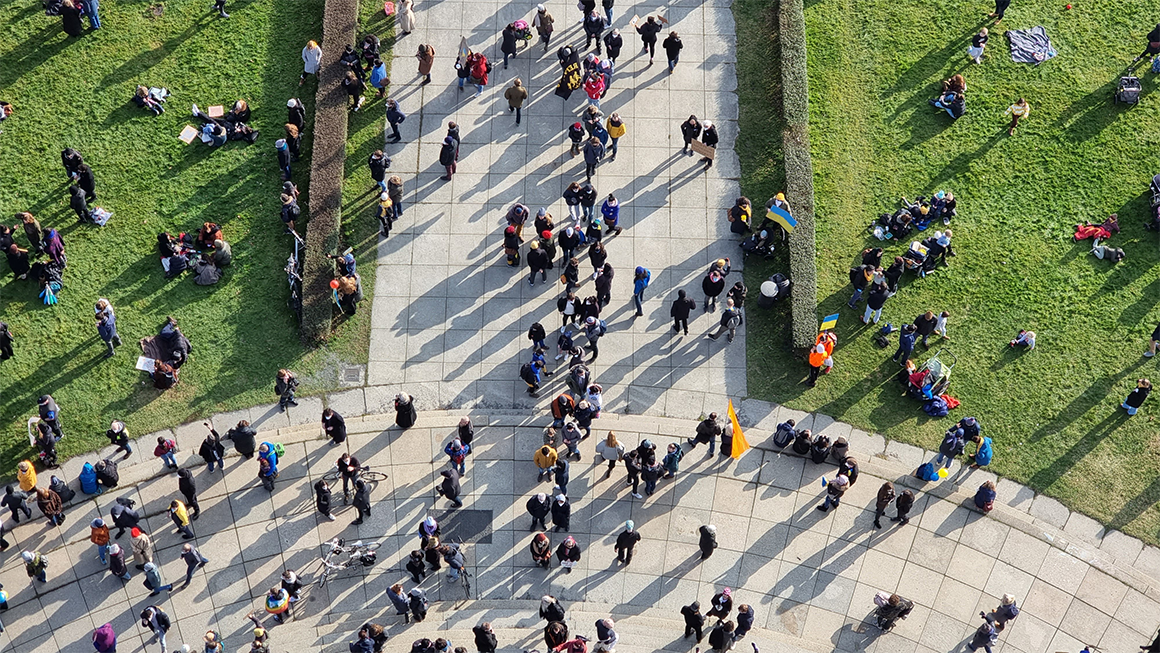
Policy is intended to improve people’s lives, but the most common policy assessment tools, like budget scoring, tend to focus on potential fiscal impacts for the government.
In recent years, however, more federal, state, and local policymakers have begun using equity assessments to gain insights into what a proposed policy could mean for everyday people. These assessments can help policymakers understand how a potential policy or program could affect outcomes that matter to their constituencies, like economic security and well-being.
Still, equity assessment is a relatively new policy analysis tool. Among assessments, there are inconsistencies in how key concepts, including equity and equality, are defined and translated into practice.
To better understand the landscape of equity assessments, the Equity Scoring Initiative (ESI), a partnership between the Urban Institute and PolicyLink, conducted a review of existing equity assessment efforts. Knowing the current landscape of efforts can help policymakers and researchers coalesce around shared definitions and approaches and ultimately create better, more people-centered policy tools.
Most equity assessments were developed in the past five years
We identified 52 equity assessment products, including conceptual papers, methodological tools, and actual demonstrations produced between 2008 and 2025. These products examined what policies meant for various groups, defined by race, economic status, place, and other characteristics.
Most products (about 86 percent) were developed between 2020 and 2024. This coincides with increased interest in and commitment to racial equity following the murder of George Floyd in 2020. The earliest adopters we found were the Seattle Race and Social Justice Initiative (PDF) from 2012 and the Minnesota Sentencing Guidelines Commission from 2008.
Most assessments were created by state and local governments or nonprofit research organizations
About 40 percent of the products we reviewed were developed by state and local governments. For example, the Chicago Department of Housing (PDF) conducted an equity assessment to understand if it allocated Low-Income Housing Tax Credit funds fairly. Each year, the City of Dallas (PDF) uses an equity tool to assess whether each department’s budget advances the city’s Big Audacious Goals (PDF)(e.g., “equitably engage and address the disproportionate impact pollution and climate issues have on historically disadvantaged communities”) and associated action targets and progress measures.
Some governments, such as Montgomery County, Maryland, and Washington, DC require equity assessments for all proposed bills. Others, like Oregon (PDF) and Minnesota, provide equity assessments for certain types of bills (e.g., bills related to the criminal justice system) when requested by or to inform the legislature.
Products developed by staff in the federal government represented just under 8 percent of our landscape scan. Though state and local products tended to be applications of equity assessment, the federal products we surveyed primarily focused on conceptualizing and developing methods needed to conduct equity assessments.
The remaining half of products were created by nongovernmental groups, including think tanks, community-based organizations, and advocacy groups. These include conceptual pieces, methodological tools, and equity assessments of policies and programs, such as New York City’s transportation subsidy program or the 2023 Social Security Expansion Act.
Equity assessments varied in their definitions of key concepts, methods, and uses
Most researchers and policy analysts define equity as the fair distribution of resources that enables all people to reach a desired outcome. By contrast, equality means all people have access to the same resources.
However, how these definitions translated into each product’s equity assessment methodology was inconsistent among the products in our scan.
To measure equity, ESI suggests equity assessment tools look at outcomes (e.g., economic or physical health) over time, the baseline conditions different groups start at, and the different levels of resources needed to achieve desired outcomes. These components enable an examination of how policies (intentionally or not) provide systematic advantages and disadvantages to different groups.
In our landscape analysis, we looked at whether each product included a historical component. We found that approximately 42 percent (22 out of 52) of the products examined populations and outcomes at a single point in time, thus assessing equality rather than equity.
By striving toward a more consistent, shared approach to equity assessment, policymakers and researchers can build greater confidence in the practice
Strengthening equity assessment tools could help more communities committed to providing opportunity and justice for all residents use policymaking as a way to achieve these outcomes.
Understanding what the current landscape of equity assessments offers can help researchers and policymakers identify how to improve these tools and make them more replicable. Learning from the evolution of other policymaking resources, like environmental or health impact assessments, will be an important way to build policymakers’, analysts’, and advocates’ confidence in equity assessment as a reliable and useful tool in the policy design process.
Explore the full list of equity assessments we analyzed below. Scroll to the right to see how the assessments vary by the policy in question and the populations studied.
Let’s build a future where everyone, everywhere has the opportunity and power to thrive
Urban is more determined than ever to partner with changemakers to unlock opportunities that give people across the country a fair shot at reaching their fullest potential. Invest in Urban to power this type of work.